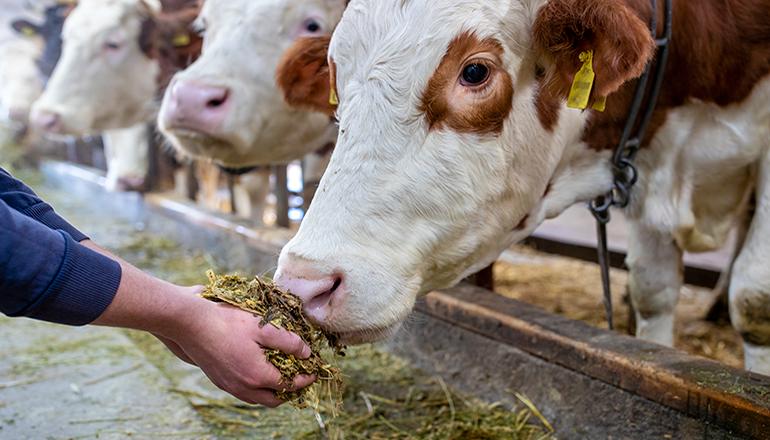Livestock experts are warning farmers about the high nitrate content in their cattle feed this fall due to prolonged drought.
Farmers typically grind up corn plants – stalks, ears, stems, and all – to feed their cattle. This mixture is called silage, and it serves as a nutritious source of protein and other essential nutrients for the cows, however, the extended and severe drought has disrupted the biological process that usually converts nitrates into protein in the silage.
Beth Doran, a beef specialist with Iowa State University, mentioned that nitrates could pose a threat to cattle. “The best way to describe this for a consumer is to liken it to carbon monoxide poisoning,” Doran explained. “Nitrates hinder the blood’s ability to transport oxygen to the animal. This can lead to complications and can even be fatal if it becomes too severe.”
Under normal conditions, moisture would transport the nitrate into the stalk, converting it to protein. This hasn’t occurred due to the below-average rainfall.
Doran suggests allowing the silage to sit for a month or so, which will enable some of the nitrates to convert to protein through a natural process known as fermentation.
Nevertheless, Doran emphasizes the importance of having the silage tested by a commercial lab before feeding it to cattle, especially the younger ones.
Allowing the silage to ferment can decrease its nitrate content by up to 60%, enabling farmers to mix it with other low-nitrate feeds.
Although the intense summer heat has lessened and there’s been some rainfall across the state, this moisture can be almost as detrimental as extremely dry weather. Doran explained that the corn plant receives conflicting signals from Mother Nature. “In other words, we began dry, received some light rains, then returned to dry conditions, followed by more rain,” Doran elaborated. “This fluctuation increases the nitrate levels in the stalk.”
Doran noted that nitrate tolerance varies depending on the type and size of the cow. Feedlot cattle weighing over 700 pounds tend to be more tolerant, while younger animals are less so.
(Photo courtesy Missouri News Service)


